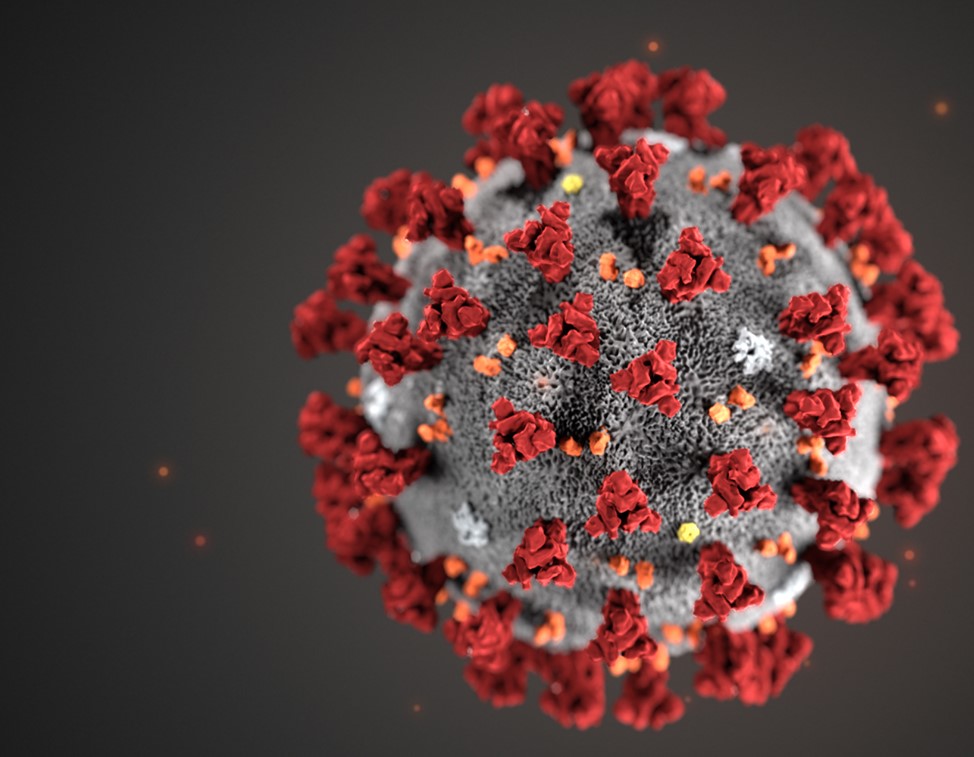In order to develop new treatments for COVID-19, it is important to understand how the human immune system responds to a SARS-CoV-2 infection. Now, a team from the Karolinska Institutet in Sweden has found that a type of unconventional T cell, mucosa-associated invariant T (MAIT) cells, are recruited to the airways and strongly activated in some patients with severe COVID-19, suggesting the cells’ possible involvement in the development of disease. These findings corroborate other recent studies that highlight potential associations between strong MAIT cell activation and severe COVID-19 outcomes.
The research is published in Science Immunology in an article titled, “MAIT cell activation and dynamics associated with COVID-19 disease severity.”
Severe COVID-19 is characterized by excessive inflammation of the lower airways. The balance of protective versus pathological immune responses in COVID-19 is not well understood.
MAIT cells are antimicrobial T cells that can function as innate-like sensors and mediators of antiviral responses. MAIT cells represent 1–10% of T cells in the blood and can readily home into specific tissues—they are found in particularly abundant amounts in the liver and lungs. Emerging evidence has shown these primarily antibacterial cells can also act as quick-acting sensors of viral infection as well, leading researchers to investigate the MAIT cell population in the context of SARS-CoV-2.
In this study, the researchers wanted to find out which role MAIT cells play in COVID-19 disease pathogenesis. They examined the presence and character of MAIT cells in blood samples from 24 patients admitted to Karolinska University Hospital with moderate to severe COVID-19 disease and compared these with blood samples from 14 healthy controls and 45 individuals who had recovered from COVID-19. Four of the patients died in the hospital.
The results show that the number of MAIT cells in the blood decline sharply in patients with moderate or severe COVID-19 and that the remaining cells in circulation are highly activated, which suggests they are engaged in the immune response against SARS-CoV-2. This pattern of reduced number and activation in the blood is stronger for MAIT cells than for other T cells. The researchers also noted that pro-inflammatory MAIT cells accumulated in the airways of COVID-19 patients to a larger degree than in healthy people.

Together, these patterns are consistent with the concept that MAIT cells home into tissues during disease and later return into the blood when the disease is resolved. Furthermore, transcriptomic analyses indicated significant MAIT cell enrichment and pro-inflammatory IL-17A bias in the airways. Unsupervised analysis identified MAIT cell CD69high and CXCR3low immunotypes associated with poor clinical outcome.
Four out of 24 patients studied here who died at the hospital had significantly higher CD69 expression by MAIT cells than patients who survived. The authors noted several limitations of their study that must be resolved with further work, including that the cohorts studied here do not reflect the full complexity of COVID-19.



